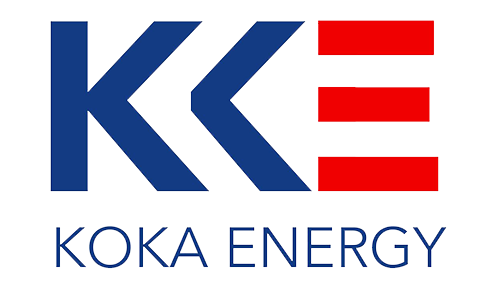


KOKA Energy Company Limited has applied for exploration and production rights over the GH-WB-04 Block to Ghana’s Minister for Energy. This Block was initially up for competitive licensing rounds but is now available for direct negotiations. GH-WB-04 is located in the Tano-Cape Three Points basin and forms part Deepwater Cape Three Points block relinquished by Lukoil. The block covers an approximate 1,340 sq. km and lies in water depth between 100m to about 1700m. Ghana Government requirement would include 3D seismic acquisition, one exploration well drilling as work programme, a royalty rate for oil and gas, signature bonus, training and technological support to GNPC and Regulator,

The Tano Basin is a part of the West African Transform margin (WATM). It evolved initially as a pull part basin but was later modified by wrenching. The wrenching tectonics resulted in some localized sub-basin variations such as the foreland basin type. Sedimentation followed the separation of the South American plate and African plate, with the deposition of marine source rocks in an anoxic condition which favoured the maturation as well as the emplacement of large turbidite reservoirs. The basin thus has a working petroleum system indicated by oil seeps noted in the 19th century. Active source rocks deposited in the Albian to Cenomanian in addition to that of Turonian charges the localized Upper Cretaceous reservoirs sealed by widespread intraformational marine shales aided by faulted traps and pinch-out have favoured exploration efforts. Thus, discoveries of petroleum play in which three oil and gas fields have been advanced to production. The deepwater portion of the basin, about 60 km offshore, with water depth greater than 100 m, has very high hydrocarbon potential. This makes the Tano Basin a ‘hot cake’ in deepwater exploration. The ongoing exploration indicates that the ultra-deepwater could show very exciting hydrocarbon play
| Size | 1340 sq km |
|---|---|
| Water Depth Range | 100 – 1700m |
| Well(s) | Cheetah – 1x |
Block 4 lies in a different sub-basin than the analog discoveries lying to the east of the South Dixcove – Ankobra Ridge that subdivides the eastern portion of the Tano Basin. Early deposition of slope fan turbidites filled these ponds subsequently spilling further down slope. Continued episodic transpressional movement along the hinge faulting through the Santonian led to an over-steepening of the shelf edge and subsequent slumping and incision developed a larger canyon system that filled with channelized slope facies. The Volta River drainage system provided input of coarse clastics which were quickly fed into the canyon systems due to the narrow shelfal area. A series of canyon-filling episodes continued through into the Maastrichtian but based on seismic facies analysis tied to Dzata-1; appear to consist mainly of shales providing a petroleum system top seal. The expected reservoirs are sheet-like fans in the Turonian and become more sinuous and channel-like within the Cenomanian. Side seal is provided by the canyon walls, updip pinch-out of the sands and lateral pinch-outs due to subsequent erosion and deposition of sealing shales by the next depositional cycle. The channel/fan complexes merge, and form amalgamated sheets. Due to compensational deposition, controlled by differential compaction, where subsequent cycles deposit on the flanks of the prior system, the Turonian facies depocenters are offset updip and down dip from the Cenomanian depositional thick.
CHEETAH PROSPECT: The Cheetah prospect drilled by Lukoil within this area had the Turonian and Cenomanian as primary objectives. The lithology through the Turonian interval consists of claystone with thinly interbedded siltstone and limestone. The Cenomanian interval is approximately 126m thick and consists of interbedded sandstone, thinly bedded claystone, siltstone and minor limestone stringers. Although the sands have very good porosity and permeability confirmed by wireline logs and rotary core analysis, only spotty, very poor residual oil staining was present in the cuttings samples and sidewall cores. Wireline log analysis indicated the formation to be wet. MDT fluid samples were taken in the Cenomanian and they confirmed water in the formation. Although it is possible that the prospect had some hydrocarbon charge access, it is more likely that the well failed due to stratigraphic trap failure or that there is a smaller hydrocarbon accumulation than prognosed located updip. Who Relinquished the Block? Block 4 is a section of a larger area relinquished by Lukoil Ghana subdivided for the purposes of Ghana’s first licencing round.
Hydrocarbon Potential Evaluation of prospects and leads within a 15km radius of Cheetah- 1x in Block 4 yielded a value of 1.83MMBOE.